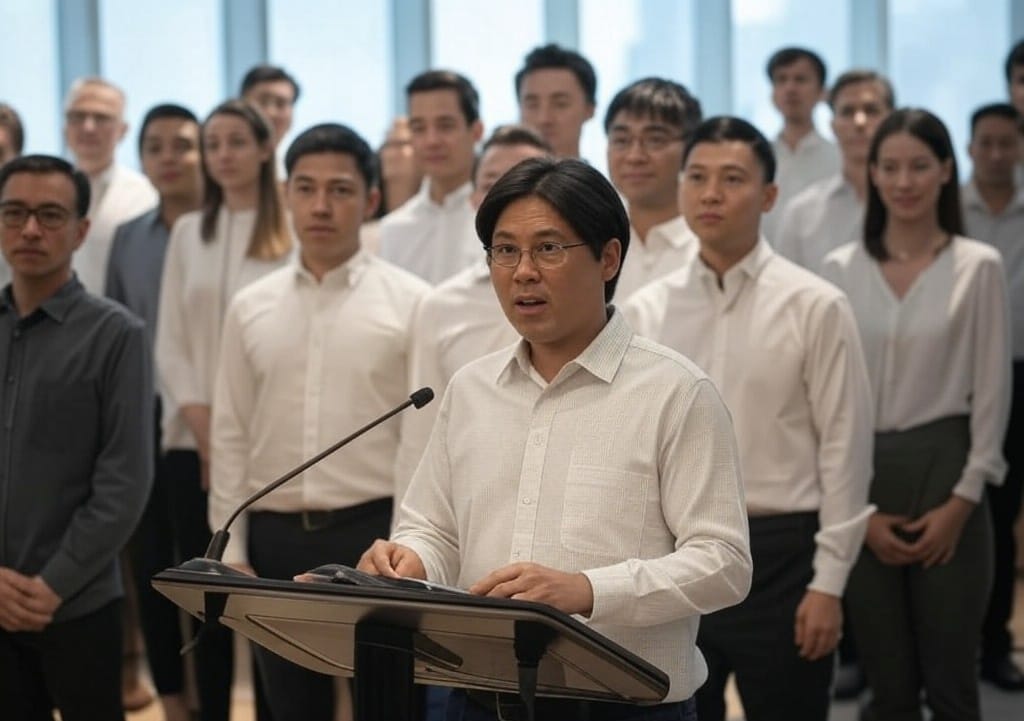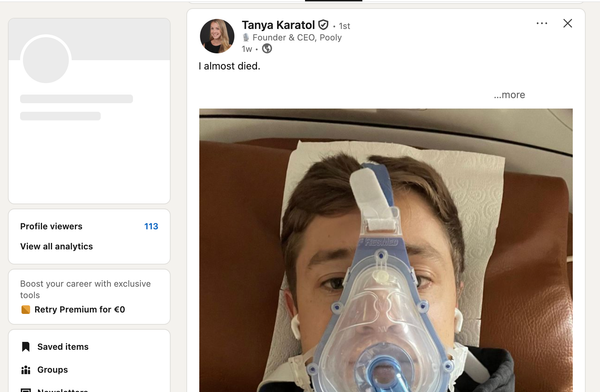AI Researchers Declare that by 2030 They Will Have Achieved Generally Intelligible Model Names

San Francisco – A consortium of leading AI researchers announced today that they believe that generally intelligible names for their models is likely by the year 2030. To date, the field has been marked by confusing naming progressions that defy explanation.
OpenAI, the most prominent company in the field, and the creator of the widely adopted Chat-GPT series, has recently gone from version 3 to 3.5 to 4, then to 4o, where the "o" stands for "optimized." It then released another series entitled GPT-o1 (where "o" stands for "open"), which was followed by, of course, GPT-o3.
Not to be outdone, Anthropic, another leading company has created three tiers of models entitled "haiku", "sonnet" and "opus" at version 2, before upgrading to 3, and then 3.5, at which point "sonnet" became superior to "opus."
Worst still, platforms such as HuggingFace host a bewildering array of constantly updating models, whose names seem chosen for their ability to obfuscate.
The consortium, whose members include both leading academics and researchers at the firms such as OpenAI and Anthropic stated that the brightest minds in the field are working on the problem, and generally intelligible names will become commonplace with the next five years.
That is, they added, assuming they continue to spend billions of dollars a year on the problem.




